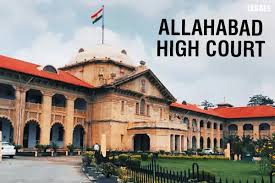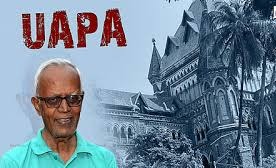@JUDGMENTTAG-ORDER
Niamatullah, J.@mdashThis is a revision u/s 25, Small Cause Courts Act, and arises out of a suit for money on foot of a promissory note dated 25th May 1930. The lower Court dismissed the suit, and the plaintiff has come to this Court in revision. The lower Court has held that the suit having been brought on 27th April 1936 was barred by limitation. A payment of Rs. 2 made on 14th May 1933 was held not to have saved it. The payment is endorsed in the handwriting of the debtor on the back of the promissory note. It is, however, silent as to whether that sum was paid towards interest. The plaintiff produced extrinsic evidence, which has been believed by the lower Court and which establishes that at the time the payment was made the debtor expressly stated that it was towards interest. In spite of this finding the lower Court has dismissed the suit on the supposed authority of certain rulings of this Court. The learned Judge has not stated in his judgment why limitation is not saved in the circumstances stated above. Apparently he was of opinion that, unless the endorsement itself recites that the payment was towards interest, it cannot be considered to be payment of interest as such. I do not think there is anything in the cases referred to by him which goes so far as to lay down that the endorsement otherwise fulfilling the requirements of Section 20, Limitation Act, should show, on the face of it, that the payment was towards interest. It is not suggested that the extrinsic evidence to show that the debtor stated at the time that the payment was towards interest is inadmissible.
2. Sections 91 and 92 do not preclude evidence being given to show that at the time when the payment was made the debtor expressly stated that it should be appropriated towards interest. It may be that the fact that the endorsement does not mention what the debtor stated at the time of making the payment is a ground for disbelieving the extrinsic evidence. In an ordinary case it is in the highest degree improbable that the debtor, who made it a point to mention that the payment was made towards interest omitted, to mention that fact when he endorsed the payment on the back of the promissory note in his own handwriting. But in the present case, the witnesses examined by the plaintiff were believed by the lower Court, and I do not think the finding of the lower Court based on their evidence should be interfered with in revision. I must, therefore, hold that the payment of Rs. 2 made by the defendant was payment of interest as such within the meaning of Section 20, Limitation Act, and saves limitation. This application for revision is allowed, the decree of the lower Court is set aside and the case is remanded to that Court for disposal according to law. Costs shall abide the result.

